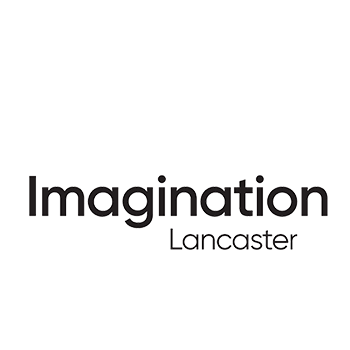Environment 2.0 is a 3 year project by ImaginationLancaster and FutureEverything exploring new approaches to sustainability and participatory forms of environmental engagement. Its connects creative innovation in mobile and social technologies with the renewed urgency surrounding climate change.
Today’s digital culture promotes an always-on internet that can be accessed anywhere, while on the move. How can free and open source hardware help minimise the environmental burden of the technology we use, and how can thinking about new technologies be harnessed to improve our stewardship of the environment?
More and more people are engaging in the environment and climate change, in creative and often unexpected ways. People are taking positive steps on ground level, showing how in addition to cutting air miles, there are imaginative ways in which you can make a difference.
Historically mankind has seen the environment as a resource to be plundered. As computing shifts into the environment this tendency is extended but also changed, moving away from analogue utilisation of resources to digitisation and computerisation of the environment.
When the world is mapped, tagged and digitised it ceases to be inert raw material and becomes instead navigable, computable and manipulable. With RFID all resources can be tracked, smart materials in construction enable buildings to adapt to changing conditions, and sensor networks enable environmental monitoring. How do these technologies address the idea that we have entered a new ‘Anthropocene’ age, where it is not rivers and seas but human kind that has become the geological force?
The heat has been rising, and now the world is waking up to realities of climate change, long predicted but until now too easy to ignore. The religious zeal on both sides of the debate has left many rooted to the spot. Luckily there are a lot of bright sparks out there, a thousand points of light, wanting to multiply, link up and create a path.
Conference Sessions at Futuresonic 2007
During the Futuresonic 2007 a series of conference sessions and an art commission were presented exploring the Environment 2.0 theme.
The first public Environment 2.0 event was a conference panel discussion and a commissioned artwork from LoVid at the Futuresonic 2007 festival in May 2007.
The conference event chaired by Drew Hemment involved a cross section of speakers on the sustainability of future arts and technologies, connecting Futuresonic’s interest in mobile and social technologies with the new urgency surrounding climate change.
Eric Paulos from Urban Atmospheres at Intel Research introduced Participatory Urbanism, which provides mobile phones with “super-senses” so that everyday citizens can join together to monitor environmental change.
Stef van Dongen presented an electricity-generating dancefloor, whereby the more people dance, the more energy they produce.
Shaun Fensom, Chair of Manchester Digital and founder of Poptel, was asked to explore “how green is the internet,” in response to an email circulating about the carbon footprint of avatars in the Second Life virtual world.
The artwork was NEAR=FAR (So Near and Yet So Far Away). The artists LoVid (Tali Hinkis and Kyle Lapidus) sent cardboard cut out avatars of themselves to the festival instead of flying from New York. In an installation in Manchester, UK, flat 2D abstract video is viewed through a lo-fi binocular tube constructed from cardboard, while LoVid’s Tali Hinkis and Kyle Lapidus are themselves represented by life-size cardboard cut-outs covered in printed colour scans of the artists dressed in VideoWear.
Carbon Footprint
FutureEverything (formerly Futuresonic) is taking steps to reduce the environmental impact of the festival, starting with a study of the carbon footprint of the Futuresonic 2007 festival, undertaken in collaboration with the Manchester-based Tyndall Centre for Climate Change Research and Creative Concern, and a series of projects which highlight social and environmental impact of future arts and technologies.
We start with the recognition that the carbon footprint of the festival must include the travel of all people attending the event, not just the energy used at events or in organising the festival.
It is misleading to claim that any festival that claims to be ‘international’ (ie. has large numbers of international visitors) can be carbon neutral. The first step is to acknowledge we are carbon addicts. Then we can try to do something about it.
